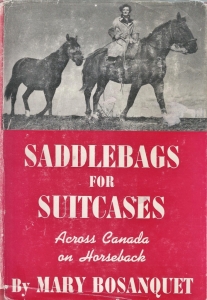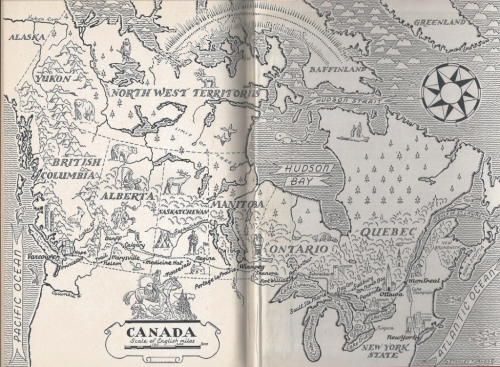 The Runaways by Victor Canning ~ 1971. This edition: Scholastic, circa 1975. Paperback. 300 pages.
The Runaways by Victor Canning ~ 1971. This edition: Scholastic, circa 1975. Paperback. 300 pages.
My rating: 6/10
This was something of a nostalgia trip, being a book I remember reading and re-reading in my late grade school years. Though it has lost some of its original magic on this four-decades-later adult re-read, there still exists a certain appeal, though the set-piece situation (misunderstood teenager with a working class background wrongly accused of a crime and on the run from the authorities) is very much of a muchness with so many other books in the youth market genre of the 1960s and 70s.
Victor Canning’s twist is that his protagonist’s adventures are twinned with those of an escaped cheetah, and though the improbability of the whole scenario is exceedingly glaring to me as a cynical grown-up who notices the many logistical gaps in the story, the tale works very well for its intended readership.
From The Runaways page on John Higgins’ extensive Victor Canning website:
Samuel Miles, known as “Smiler”, aged 15, has been falsely convicted of stealing an old lady’s handbag. He runs away from an approved school (young offenders’ prison), is recaptured and escapes from the police car during a thunderstorm. He is determined to stay free until his father, a ship’s cook, returns from his current voyage in nine months time and can help to clear him of the theft charge. The same thunderstorm brings down a tree in the wildlife enclosure at Longleat, allowing a cheetah called Yarra to escape.
On their first night of freedom, Smiler sleeps in the loft of a barn in which Yarra also takes shelter. We then follow their parallel stories, Smiler using a cottage in the village of Crockerton which belongs to the absent Major Collingwood, and Yarra learning to hunt again and finding a den in the Army firing range at Imber on Salisbury Plain. Smiler gets a job at a kennel. Yarra gives birth to cubs. Major Collingwood returns and Smiler goes to stay with the dog’s meat man, Joe Ringer, who teaches him a lot of country lore including poaching skills. Meanwhile Major Collingwood is intrigued with the signs of occupation at his cottage and starts a quiet investigation…
Vignettes from the story have stayed with me in crystal clarity from my youthful reading days: the escape from the police car in the thunderstorm; the cheetah’s escape at the same time only a few miles away; Smiler’s roaming through an empty cottage and his happy discovery of a jar of coins in the study and his use of those for “running money” and the subsequent replacement; the cheetah learning to craftily live with army maneuvers on Salisbury Plain.
Smiler outsmarts the well-meaning authorities, and fades away at the end of the tale, leaving things open for possible sequels, of which Canning did write two: Flight of the Grey Goose, 1973 and The Painted Tent, 1974, respectively concerning Smiler’s further adventures on the run and in temporary sanctuary in an animal sanctuary/castle in Scotland (with wild geese for the animal interest), and then with a Romany fortune-teller and an injured peregrine falcon.
I found The Runaways a rather simplistic read for an adult, though this is doubtless the reason it has retained its popularity as a recommended school novel for “reluctant readers”. I haven’t read the two other books in the trilogy, nor do I feel particularly compelled to seek them out, though I would be pleased enough to read them if the opportunity arose.
What I am really interested in, however, is the rest of Victor Canning’s body of work. The Smiler trilogy is something of a later-career departure for this writer, for his main claim to fame was as a prolific producer of adult fiction, from his comedic, best-selling, 1934 pseudo-travelogue, Mr Finchley Discovers His England, and a few similar books, to a large number – something like fifty – of thrillers and short story collections of varying degrees of darkness, a great number of which were successfully made into movies and television productions. He also penned a well-reviewed Arthurian trilogy.
Victor Canning kept himself busy writing up until the end of his life – he died in 1986, at the age of seventy-five – with his last novel, Table Number Seven, being finished by his wife and sister, and published posthumously in 1987.
Looking over the list of Victor Canning’s titles on the excellent website already referred to, some titles sound more than a little familiar. I may perhaps already have a few of these tucked away amongst the boxes of yet-to-be-shelved books from my parents’ attic. I look forward to investigating this writer in a mild way in future, though I will need to make note of his several pseudonyms – Alan Gould and Julian Forest – to enable me to identify his books for further examination.
A promising writer to add to the vintage-books look-for list.
Is anyone already a fan?













